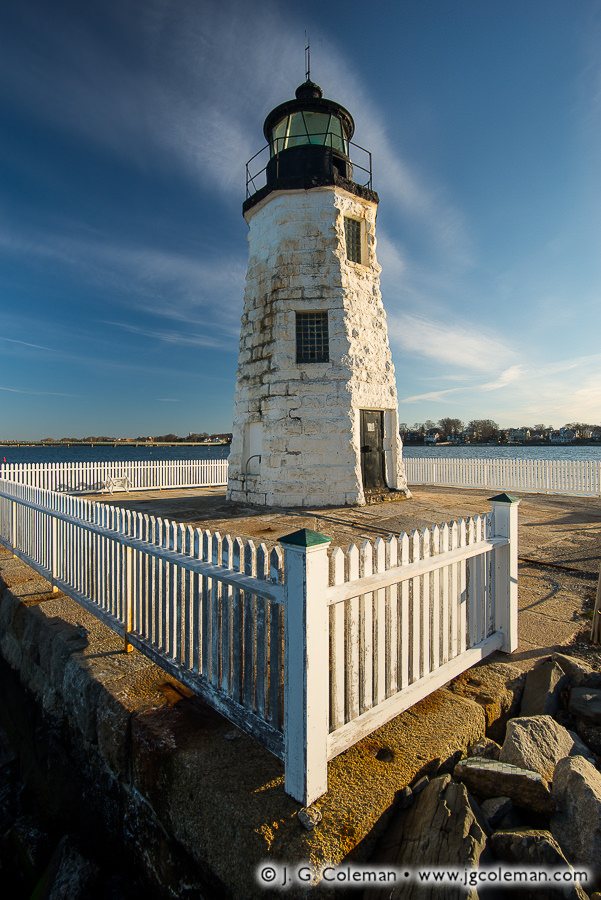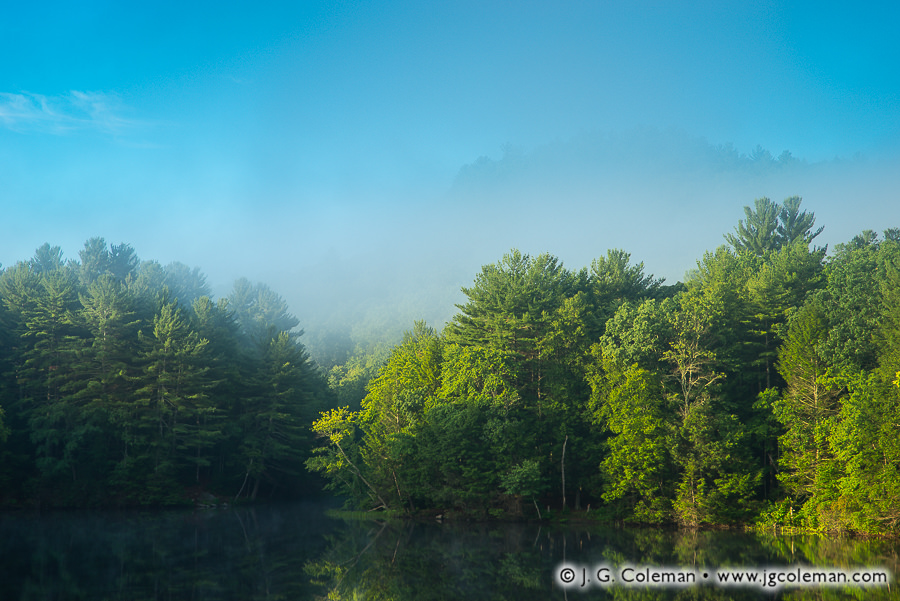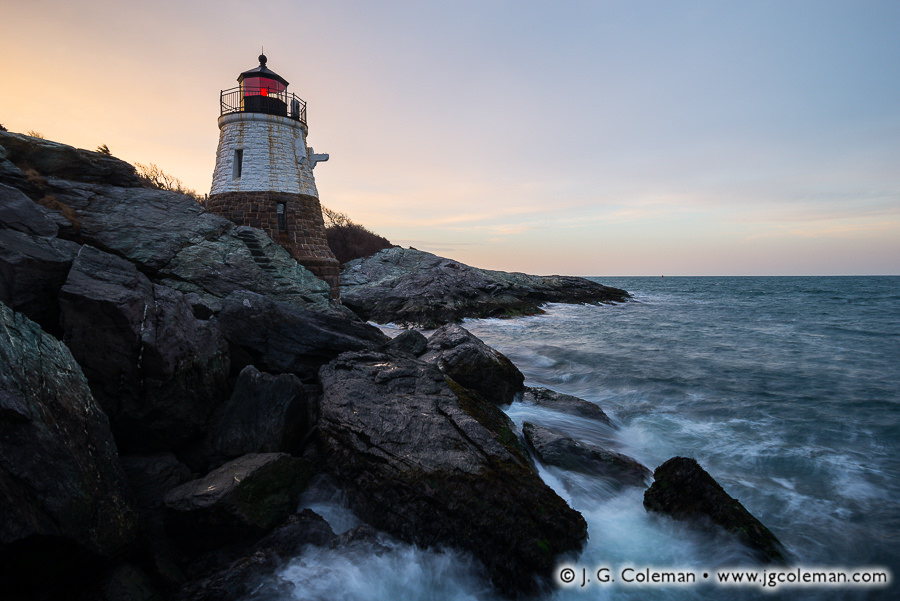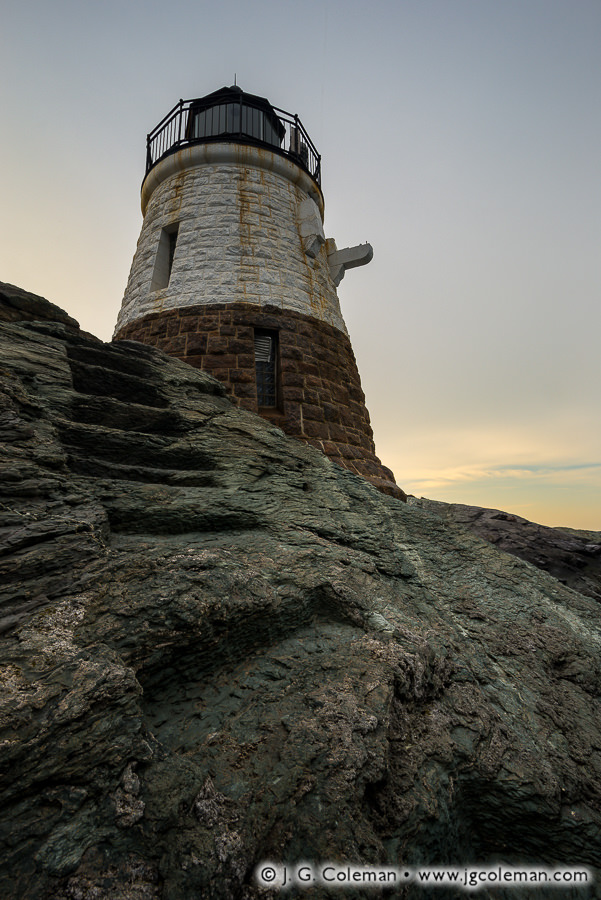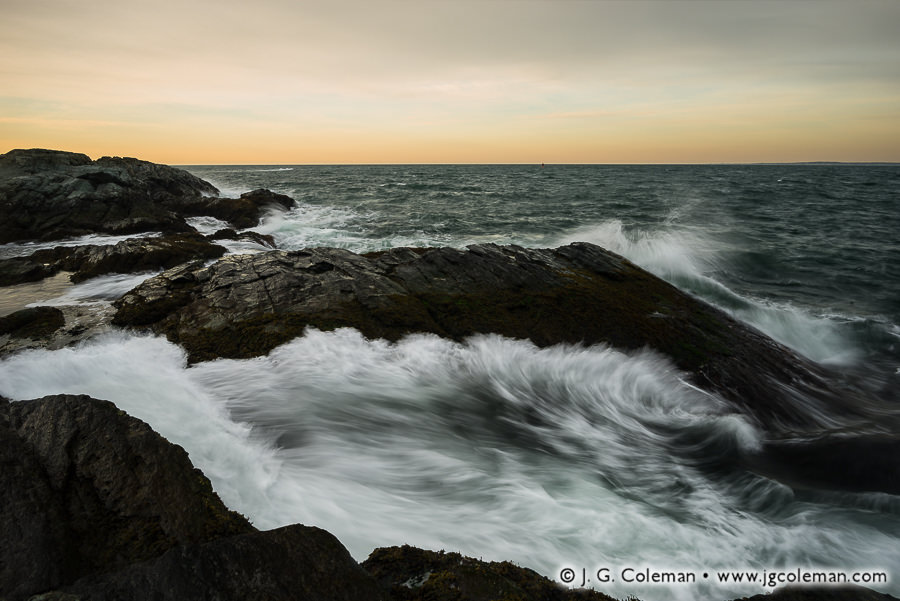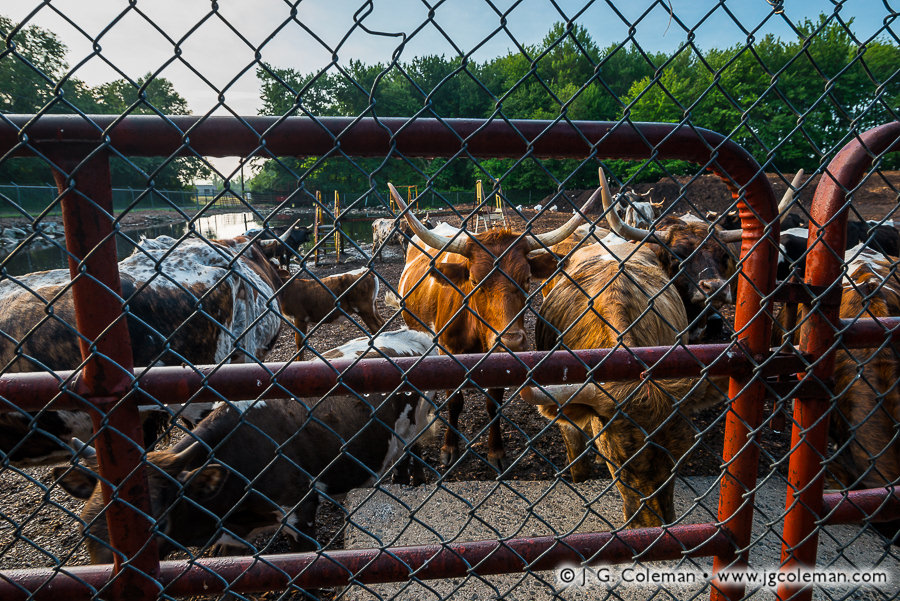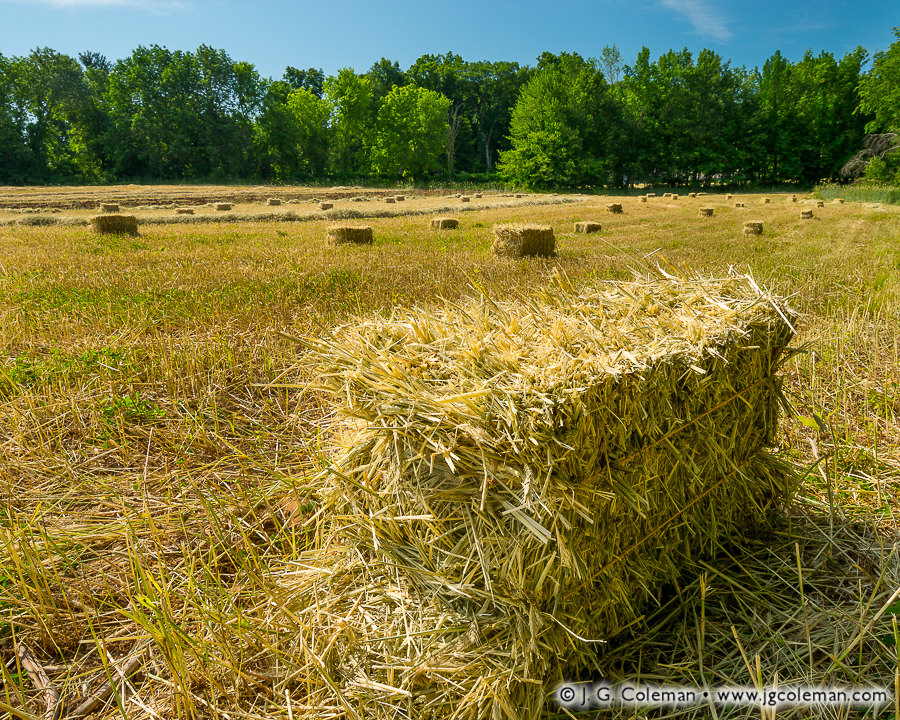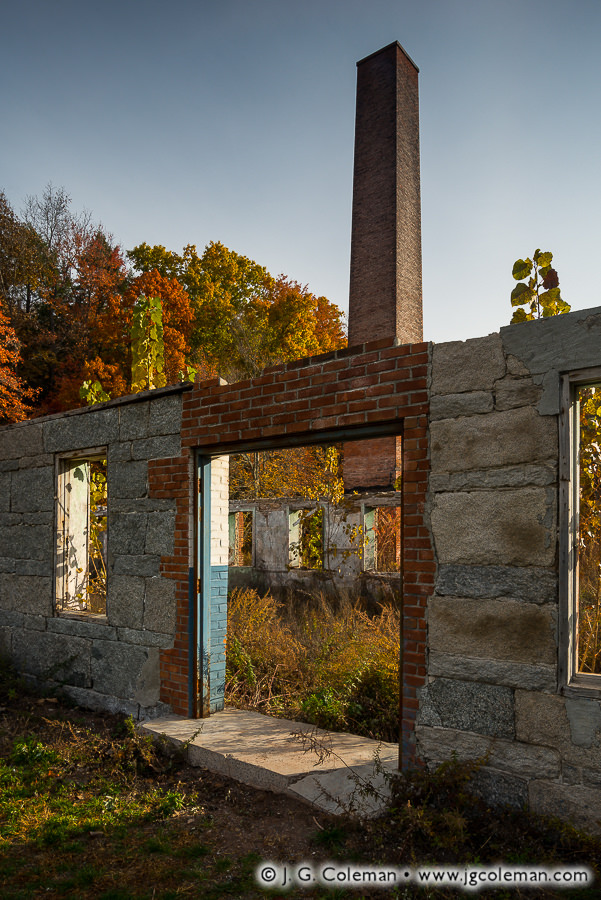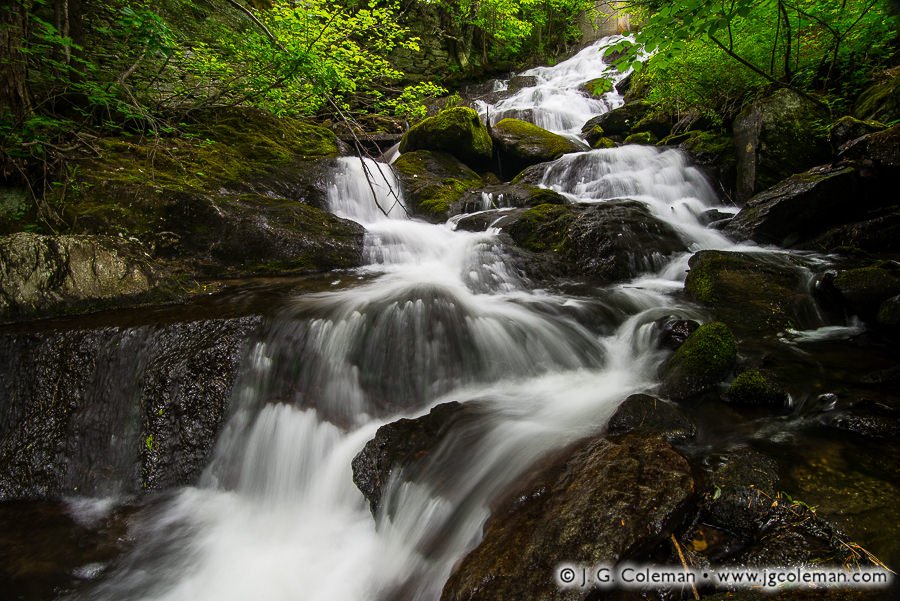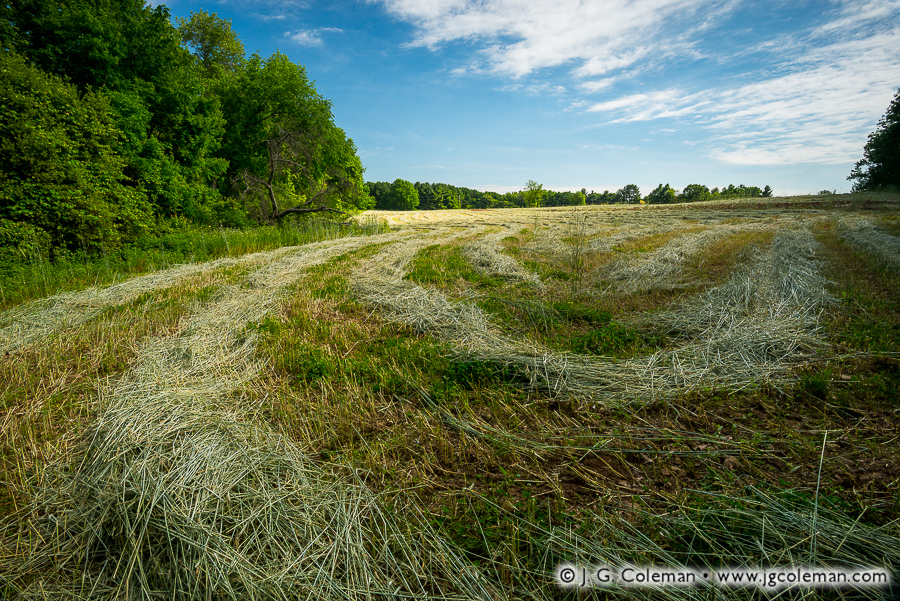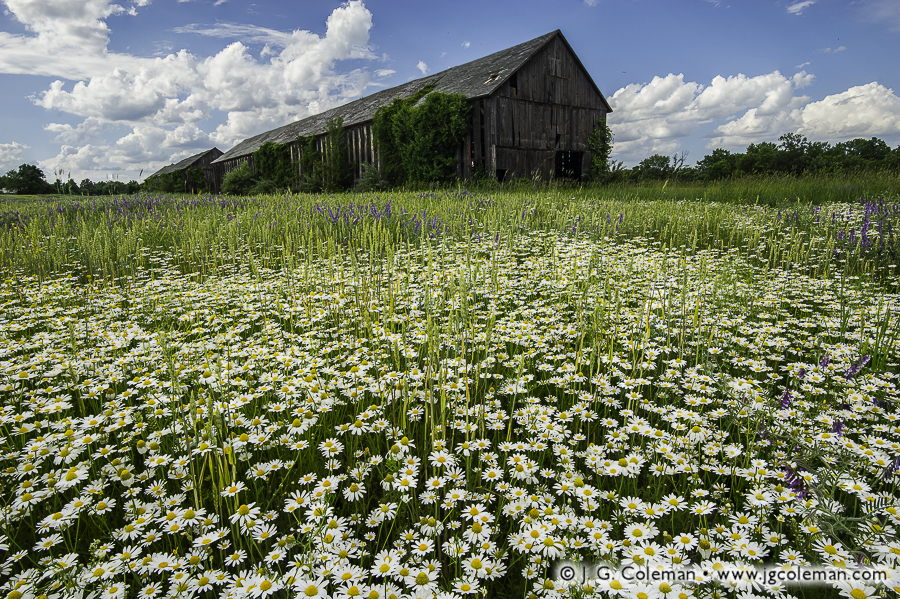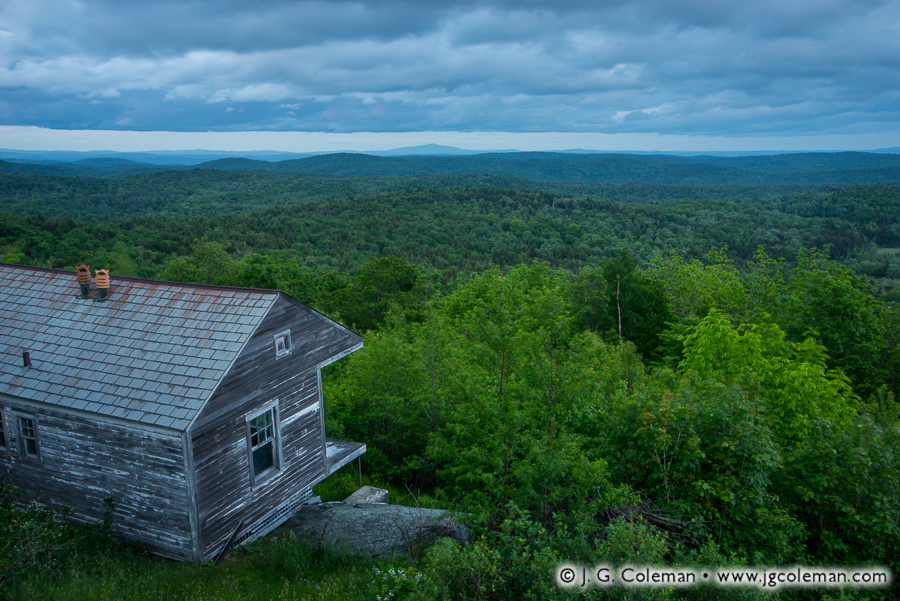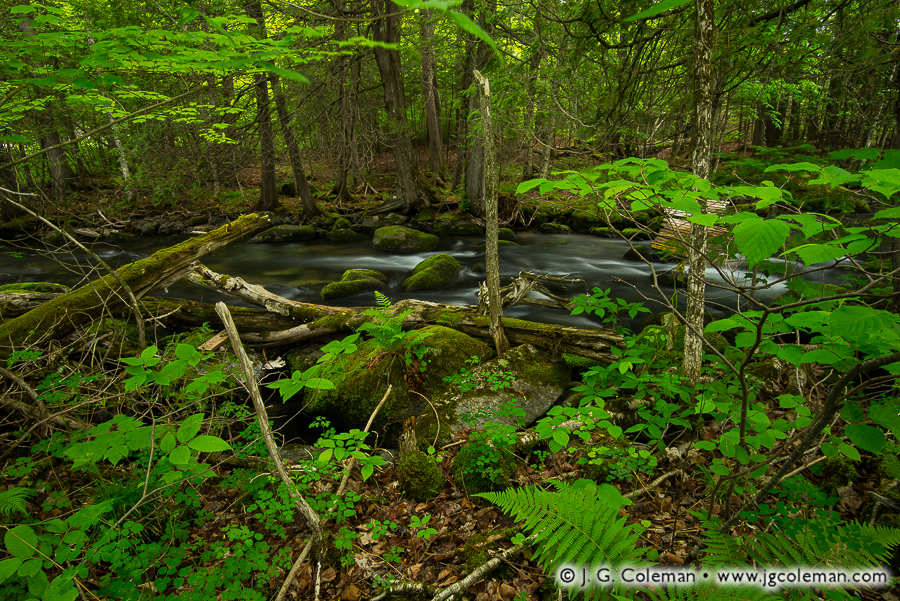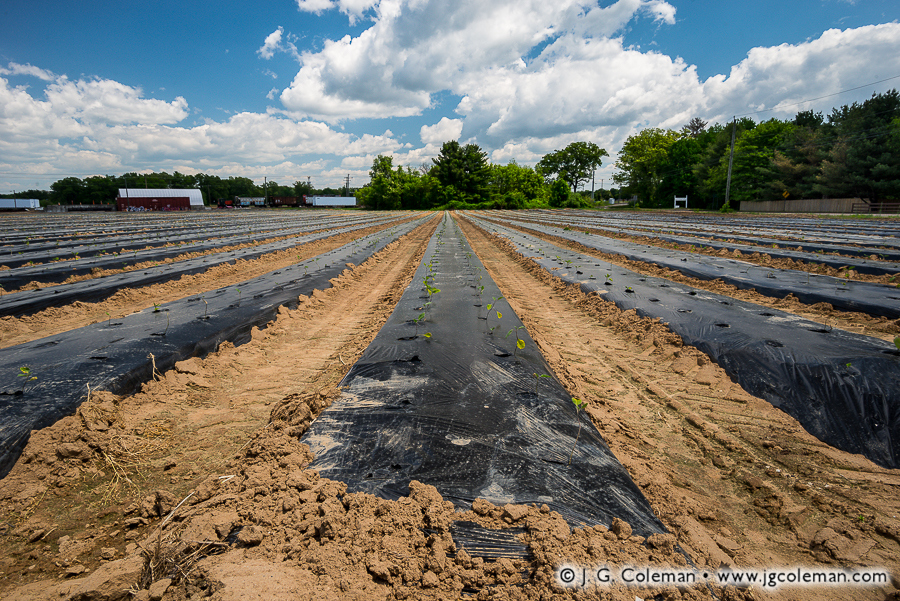
Newport Harbor Lighthouse (aka Goat Island Light), On Goat Island in Newport Harbor, Newport, Rhode Island
© 2016 J. G. Coleman
The rough-cut granite trunk of the Newport Harbor Light, its white paint besieged by the elements, climbs steeply above the waters of Rhode Island’s Narragansett Bay. Dawn casts warm, revealing light upon the weathered slab foundation and worn, white-picket fence: it seems that every facet of this old beacon carries the scars of a long, hard-earned life on the New England coast.
Of the exquisite array of lighthouses along Rhode Island’s shores, the relatively plain and diminutive Newport Harbor Light is often overlooked. But this humble beacon, now over 170 years old, has faithfully kept watch over seven generations of mariners and Rhode Islanders alike. If these enduring walls of granite could talk, they would surely tell boundless tales of places long-changed and people long-forgotten.
One of the most unusual stories surrounding the Newport Harbor Lighthouse –perhaps any lighthouse, for that matter– came about in 1921. On November 9 of that year, in an incident that sounds almost unbelievable, a 150-foot-long submarine accidentally rammed into the breakwater upon which the lighthouse and keeper’s cabin stood. The keeper’s cabin was a loss, being demolished shortly afterwards, but the lighthouse thankfully survived and continues guiding vessels to this very day.
Purchase a Fine Art Print or Inquire About Licensing
Click here to visit my landing page for “Abiding Guardian of Newport Harbor” to buy a beautiful fine art print or inquire about licensing this image.
Want to See More?
Be sure to check out all of my work from Rhode Island.

